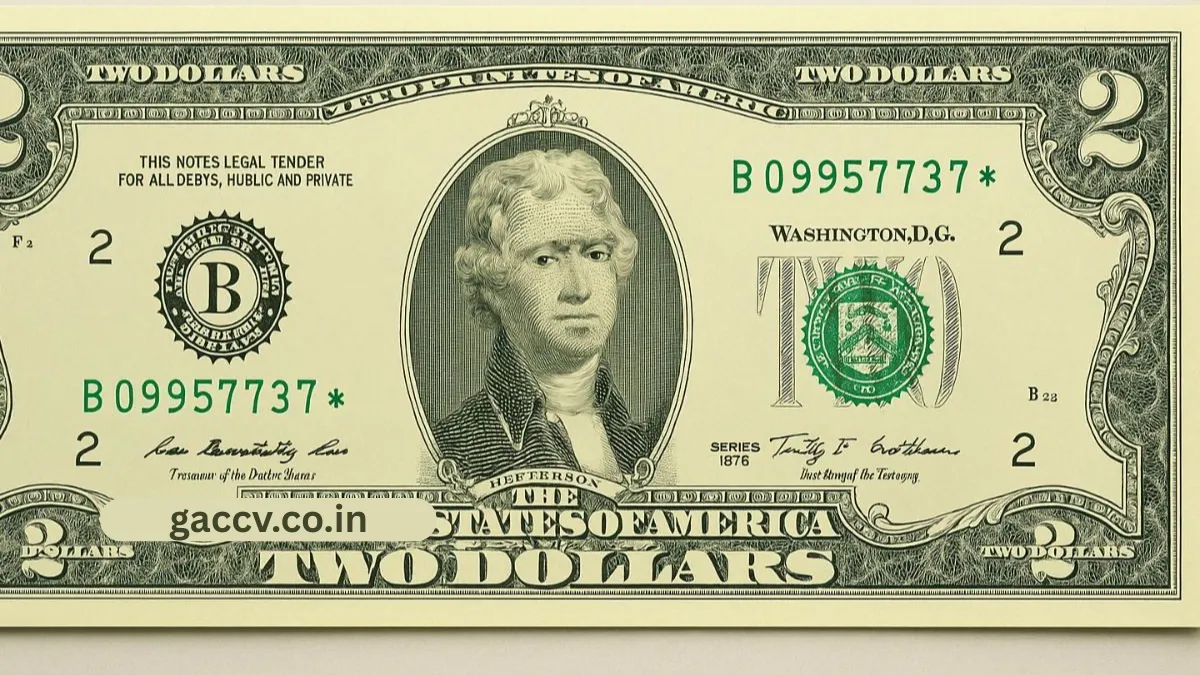In a remarkable event that has captivated the numismatic community, a rare 1976 $2 bill recently fetched an astonishing $35,250 at auction.
This sale highlights the impressive value that certain paper currencies can achieve due to their distinctive traits.
What Made This Particular Bill So Valuable?
Several unique factors contributed to the extraordinary worth of this $2 bill:
- Extremely Low Serial Number
The note displayed the serial number L00000001A, signifying it was the very first bill printed for the San Francisco Federal Reserve Bank in that series. Collectors prize such ultra-low serial numbers for their scarcity. - Pristine Condition
The bill was graded as Gem Uncirculated, meaning it was in flawless condition without any folds, creases, or wear from circulation. Notes that remain in such top condition are far more valuable, especially when paired with other rare qualities. - Star Note Designation
This bill was also a Star Note, identified by a star symbol (*) at the end of its serial number. Star Notes are replacement bills printed to substitute defective or misprinted ones, and because fewer are produced, they are rarer and more collectible.
1976 $2 Bill Value Comparison
| Feature | Description | Estimated Value |
|---|---|---|
| Standard Circulated Note | Commonly found with signs of wear | $2 – $3 |
| Uncirculated Note | Crisp, clean bills without folds or creases | $5 – $10 |
| Star Note | Replacement notes marked with a star symbol | $8 – $20 |
| Low Serial Number (e.g., 00000001) | Extremely rare bills with very low serial numbers | $20,000 – $35,000+ |
| Gem Uncirculated Star Note with Serial #1 | Perfect condition combined with star status and lowest serial number | $35,250 |
Understanding the Rarity of the 1976 $2 Bill
The 1976 $2 bill was brought back to honor the United States Bicentennial celebration. Although more than 590 million notes were printed, most hold only face value. However, some features can drastically boost a bill’s value:
- Unique Serial Numbers: Patterns such as 12345678 or very low numbers are highly prized.
- Star Notes: These are printed in limited runs, making them scarcer than regular bills.
- Errors: Printing mistakes or unusual marks can add value.
- Condition: Notes in mint or uncirculated condition attract more collectors.
The remarkable $35,250 sale of this 1976 $2 bill demonstrates how features like a low serial number, excellent condition, and star note status combine to increase a bill’s worth significantly. Collectors should carefully inspect these traits when assessing currency values.
FAQs
How can I determine if my 1976 $2 bill is valuable?
Look for distinctive serial numbers, check for a star symbol indicating it’s a replacement note, and evaluate the bill’s condition. For an accurate estimate, it’s wise to consult a professional currency appraiser.
Are all 1976 $2 bills with star notes valuable?
Not necessarily. While star notes are less common, their value depends on their condition and the uniqueness of their serial number. A well-preserved star note with a rare serial number will be worth more than one that is worn or has a typical serial number.
Where can I sell a rare 1976 $2 bill?
You can sell rare currency through trusted auction houses, specialized numismatic dealers, or online platforms that focus on collectible money. It’s important to get a proper appraisal first to understand the true value before selling.




